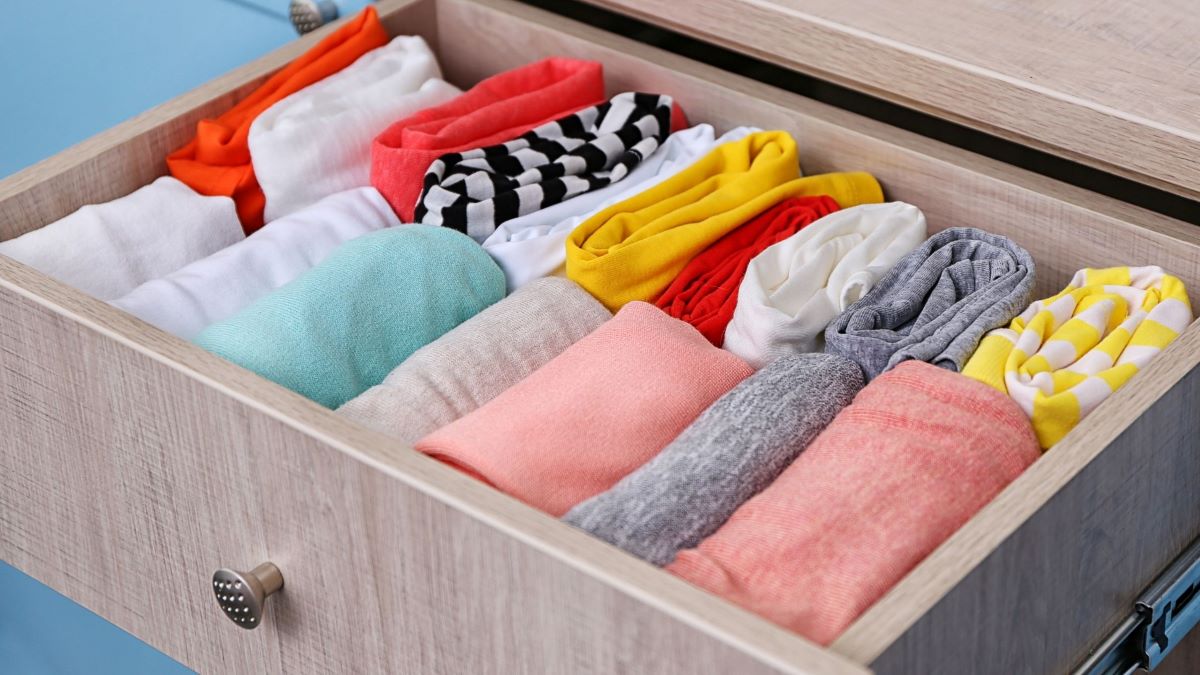

Articles
How To Store Folded Clothes In Closet
Modified: August 23, 2024
Learn effective ways to store folded clothes in your closet with these helpful articles. Maximize space and keep your clothes organized for easy access.
(Many of the links in this article redirect to a specific reviewed product. Your purchase of these products through affiliate links helps to generate commission for Storables.com, at no extra cost. Learn more)
Introduction
Welcome to the world of organized closets! It’s no secret that having a well-arranged closet can bring a sense of calm and efficiency to your daily routine. While hanging clothes on hangers is the go-to method for many, storing folded clothes in your closet can be just as effective, especially for items like t-shirts, jeans, and sweaters.
In this article, we will explore the best practices and techniques for storing folded clothes in your closet. From assessing your closet space to choosing the right storage solutions and implementing effective folding techniques, we will cover all the steps necessary to optimize your closet storage and keep your folded clothes neat, accessible, and wrinkle-free.
Whether you have a small closet or a spacious walk-in wardrobe, these tips and tricks will help you make the most of your available space and ensure that your folded clothes are organized in a way that is both practical and visually appealing.
So, get ready to transform your closet into a well-organized haven where you can easily find and access your folded clothes. Let’s dive in and discover the secrets to storing folded clothes in your closet like a pro!
Key Takeaways:
- Transform your closet into an organized haven by assessing space, decluttering, and utilizing efficient folding techniques. Choose the right storage solutions and maintain organization for easy access to your folded clothes.
- Maximize closet door space, utilize shelf dividers, and drawer organizers to keep folded clothes neat and accessible. Regular maintenance and proper folding techniques ensure a clutter-free and efficient closet.
Read more: How To Store Sweatshirts In Closet
Assessing Your Closet Space
Before you start organizing your folded clothes in your closet, it’s essential to assess and evaluate your closet space. This step will help you determine the best storage solutions and strategies for maximizing the available space.
Begin by taking a thorough inventory of your folded clothes. This will give you a clear understanding of the quantity of items you need to accommodate. Group your clothes into categories such as t-shirts, pants, sweaters, and so on. This categorization process will help you visualize the storage needs for each type of clothing.
Next, take a critical look at your closet’s layout and design. Evaluate the available shelves, hanging rods, and drawers, and consider how you can best utilize these features for storing folded clothes. Take measurements of the dimensions so that you can accurately plan and choose appropriate storage solutions.
Consider the potential wasted spaces in your closet. Look for areas such as the top shelves or the back of the closet doors that can be utilized for storage. These often overlooked spaces can provide valuable additional storage options for your folded clothes.
Once you have assessed your closet space, it’s time to think about your specific needs and preferences. Are you someone who values quick and easy access to your folded clothes? Do you prefer a visually pleasing arrangement? Understanding these factors will help you make informed decisions about the best storage solutions for your closet.
Remember, the goal is to create an organized and functional space, so don’t be afraid to get creative and think outside the box when it comes to utilizing your closet space.
By thoroughly assessing your closet space and considering your specific requirements, you will set a solid foundation for the successful organization of your folded clothes. Now that you have a clear understanding of your closet and its potential, let’s move on to the next step: sorting and decluttering your folded clothes.
Sorting and Decluttering
Sorting and decluttering your folded clothes is a crucial step in creating an organized closet space. It allows you to assess what you have, get rid of items you no longer wear or need, and create a more streamlined wardrobe. Follow these steps to effectively sort and declutter your folded clothes:
1. Empty Your Closet: Start by removing all of your folded clothes from your closet. This will give you a blank canvas to work with and make it easier to evaluate each item.
2. Sort Into Categories: Divide your folded clothes into categories, such as t-shirts, pants, sweaters, etc. This will help you visually see how many items you have in each category and make it easier to prioritize and organize them.
3. Assess Each Item: Go through each item and ask yourself if you still wear it, if it fits well, and if it brings you joy. If the answer is no, consider donating or selling it. This will help you declutter and create space for the clothes you love and frequently wear.
4. Consider Seasonal Rotation: If you have limited closet space, consider storing seasonal items, such as heavy sweaters or summer dresses, in a separate location when not in use. This will free up space for the clothes relevant to the current season.
5. Donate or Sell Unwanted Items: Once you’ve sorted through your folded clothes, decide what to do with the items you no longer want. You can donate them to charity, sell them online or at a consignment store, or give them to friends or family who may enjoy them.
6. Organize Remaining Items: With your decluttered selection of folded clothes, organize them by category or style. This will make it easier to find specific items when you need them.
7. Assess Storage Needs: Based on the amount and type of folded clothes you have, reevaluate your storage solutions to ensure they can accommodate your items effectively. This might involve rearranging shelves, adding drawer organizers, or investing in additional storage bins.
By sorting and decluttering your folded clothes, you will create a more organized and visually appealing closet space. Not only will this make it easier for you to find the clothes you love, but it will also help you maintain a clutter-free environment. Now that you’ve sorted and decluttered, let’s move on to choosing the right storage solutions for your folded clothes.
Choosing the Right Storage Solutions
When it comes to storing folded clothes in your closet, selecting the right storage solutions is crucial. Not only will they help maximize your closet space, but they will also keep your clothes organized and easily accessible. Consider the following storage options to find the ones that best suit your needs:
1. Shelves: Utilize the existing shelves in your closet to store folded clothes. Adjustable shelves allow for customization according to the height of your items. Consider adding shelf dividers to keep different clothing categories separate and prevent them from toppling over.
2. Drawers: If your closet has built-in drawers, utilize them to store folded clothes. Consider using drawer dividers or organizers to keep similar items together and maintain neatness.
3. Hanging Organizers: Hanging organizers, such as fabric shelves or hanging pockets, can be a great solution for storing folded clothes like t-shirts or sweaters. Hang them on the closet rod and easily access your clothes while utilizing vertical space.
4. Bins or Baskets: Invest in storage bins or baskets to neatly store folded clothes on your closet shelves. Choose clear or labeled bins to easily identify the contents inside, or opt for decorative baskets that add a touch of style to your closet.
5. Storage Bags: Vacuum-sealed storage bags are perfect for items that you want to store for extended periods, such as seasonal clothing. They compress the clothes, saving space, and protect them from dust, moisture, and insects.
6. Hanging Space Savers: Maximize your hanging space by using cascading hangers, multi-level hangers, or S-hooks. These clever solutions allow you to hang multiple items on a single hanger, creating more room for folded clothes on shelves or in drawers.
7. Over-the-Door Organizers: Make use of the space behind your closet doors by adding over-the-door organizers with pockets or hooks. They provide additional storage options for folded clothes like scarves, belts, or accessories.
Remember to consider the size and layout of your closet when choosing storage solutions. Measure your available space and ensure that the solutions you select fit properly and effectively utilize the available room.
By choosing the right storage solutions for your folded clothes, you will be able to maximize your closet space and create an organized environment that is both functional and visually pleasing. With storage options in place, let’s move on to the next step: exploring folding techniques to optimize space saving.
Folding Techniques for Optimal Space Saving
When storing folded clothes in your closet, utilizing efficient folding techniques can make a significant difference in maximizing your available space. Here are some space-saving folding methods to help you optimize your closet storage:
1. KonMari Method: Made popular by Marie Kondo, the KonMari method involves folding clothes into neat rectangles and storing them vertically. This method saves space and makes it easy to see and access each item. Fold shirts, pants, and sweaters into compact rectangles and stand them upright in your drawers or on shelves.
2. Rolled Folding: Rolling clothes is another technique that saves space and minimizes wrinkles. It works well for items like t-shirts, leggings, and pajamas. Lay the garment flat, fold the sleeves or pant legs in, and then roll it tightly from top to bottom. Stacking rolled clothes in drawers or bins allows for easy visibility and access.
3. File Folding: This technique is perfect for organizing items like t-shirts and sweaters. Fold each item into a rectangle, then fold it in thirds or quarters, depending on your storage space. You can then stack these folded items vertically, resembling a file, in your drawers or on shelves.
4. Flip Fold: Flip folding is a popular method for achieving uniform and efficient folds. Use a flip fold board or simply fold your clothes in thirds, ensuring that the edges and hems are aligned. This method works well for button-down shirts, dress shirts, and even lightweight sweaters.
5. Lingerie Folding: For smaller items like underwear, socks, and scarves, consider using the lingerie folding technique. Fold these items neatly and then store them in dedicated drawer dividers or small storage boxes for easy access and organization.
6. Sweater Folding: To prevent stretching or misshaping, it’s best to fold bulky sweaters rather than hanging them. Fold each sweater in half vertically, then fold the sleeves in, and finally fold it in half horizontally. This method ensures a compact and neat fold.
7. Wrinkle-Prevention Techniques: When folding clothes, it’s essential to minimize wrinkles. Smooth out any wrinkles before folding, and avoid overstuffing drawers or bins, as this can cause creases. For delicate fabrics, consider using tissue paper or garment bags to provide extra protection.
By incorporating these folding techniques, you can maximize your closet space and ensure that your folded clothes are stored in an organized and visually pleasing way. Now that you have perfected the art of folding, let’s move on to the next step: arranging your folded clothes by category or style.
Read more: How To Store Handbags In Closet
Arranging Folded Clothes by Category or Style
Once you have sorted, decluttered, and folded your clothes using space-saving techniques, it’s time to arrange them in your closet. Organizing your folded clothes by category or style will make it easier to find specific items and maintain a tidy closet. Here’s how to arrange your folded clothes effectively:
1. Group by Category: Start by grouping similar items together. For example, have a section for t-shirts, another for pants, one for sweaters, and so on. This grouping will help you locate specific clothing items quickly.
2. Arrange by Color: Take your organization one step further by arranging clothes within each category by color. This adds visual appeal to your closet and makes it easier to find items that match or coordinate. Follow a gradient pattern from light to dark or sort by color families.
3. Consider Usage Frequency: Keep items you use most frequently within easy reach. Place them on the most accessible shelves or at the front of drawers. This ensures that your everyday essentials are readily available without having to dig through the rest of your clothes.
4. Coordinate Outfits: If you have specific outfits or combinations that you frequently wear together, consider folding those items side by side. This way, you can easily grab a complete outfit without having to search for individual pieces.
5. Utilize Labels or Tags: To further enhance organization, consider using labels or tags to identify different sections or categories within your closet. Label shelves or use hang tags on hangers to easily indicate where specific clothing items belong.
6. Optimize Visibility: Ensure that you can easily see and access all of your folded clothes. Avoid overpacking shelves or drawers, as it can lead to a disorganized mess. Maintain a balance between neatly folded clothes and enough space to see each item clearly.
7. Adjust as Needed: Be open to adjusting your organization system as you discover what works best for you. You may find that certain clothing items fit better in a different category, or you may want to switch up the arrangement based on changing seasons or trends. Stay flexible and adapt your organization as needed.
By arranging your folded clothes by category or style, you are creating a visually pleasing and efficient closet space. This organization technique allows for easy access, saves time, and helps maintain the overall neatness of your closet. With your clothes now arranged, let’s move on to utilizing shelf dividers and drawer organizers.
Use shelf dividers to keep folded clothes organized and prevent them from toppling over. This will maximize space and make it easier to find what you need.
Utilizing Shelf Dividers and Drawer Organizers
Shelf dividers and drawer organizers are essential tools for maintaining a well-organized closet when storing folded clothes. They help maximize space, separate different clothing items, and prevent items from shifting or toppling over. Here’s how to effectively utilize shelf dividers and drawer organizers:
1. Shelf Dividers: Install shelf dividers on your closet shelves to keep folded clothes from mingling and falling over. These dividers create designated sections for different categories, making it easier to locate specific items. Adjust the dividers according to the height of the folded clothes to maximize the use of vertical space.
2. Drawer Organizers: Use drawer organizers to separate and categorize your folded clothes within drawers. These handy tools come in various sizes and configurations, allowing you to customize your drawer space. Sort items such as underwear, socks, and accessories into separate compartments, which will make finding specific items quick and effortless.
3. Folding Board Storage: If you use folding boards like flip fold boards, consider storing them vertically in the closet or in a designated storage bin. This prevents them from taking up unnecessary space and makes them easily accessible when needed.
4. Customizable Drawer Dividers: Consider using customizable drawer dividers that can be adjusted to fit your specific needs. These dividers allow you to create compartments of varying sizes to accommodate different types of folded clothes. You can easily reposition them as your clothing collection changes.
5. Stackable Storage Bins: Utilize stackable storage bins on your closet shelves for storing folded clothes. These bins come in various shapes and sizes and can be stacked to efficiently utilize space. Label each bin to identify the content and make it easy to locate specific items.
6. Hybrid Shelf and Drawer Units: If your closet allows for it, consider investing in hybrid shelf and drawer units. These units combine open shelves and drawers, allowing you to store different types of folded clothes in one space. Organize the shelves with dividers and use the drawers for smaller folded items or accessories.
7. Adjust as Needed: Regularly assess and adjust your shelf dividers and drawer organizers to accommodate any changes in your clothing collection. As you acquire new items or let go of others, ensure that your storage solutions are still effective and efficient.
By utilizing shelf dividers and drawer organizers, you can create designated spaces for your folded clothes, maintain neatness, and easily locate specific items. These organizational tools maximize space and prevent your folded clothes from becoming a chaotic mess. With your storage solutions in place, let’s explore using storage bins or baskets for folded clothes.
Using Storage Bins or Baskets for Folded Clothes
Storage bins or baskets are versatile and practical solutions for storing folded clothes in your closet. They not only help keep your clothes organized and easily accessible but also add a touch of style to your storage system. Here’s how to effectively use storage bins or baskets for your folded clothes:
1. Choose the Right Size and Shape: Select storage bins or baskets that fit well in your closet and can accommodate the size and quantity of your folded clothes. Consider rectangular or square bins as they maximize space and stack neatly on shelves.
2. Categorize by Clothing Type: Assign specific storage bins or baskets for each category of folded clothes. For example, use one bin for t-shirts, another for pants, and another for sweaters. This helps keep different clothing items separate and makes it easier to locate specific pieces when needed.
3. Label the Bins or Baskets: Use labels or tags to identify the contents of each storage bin or basket. This makes it easy to identify the specific category or clothing type without having to open each container. Labels can be handwritten or printed, and they contribute to a more organized and visually appealing closet.
4. Utilize Stackable Bins or Baskets: If you have limited shelf space, opt for stackable bins or baskets. This allows you to vertically stack multiple containers, maximizing your closet’s storage capacity. Just make sure to choose bins or baskets that are sturdy and capable of supporting the weight of the stacked items.
5. Add Decorative Touches: Storage bins or baskets can also serve as decorative elements in your closet. Choose ones that complement your closet’s aesthetic and add a touch of style. Woven baskets or fabric bins can enhance the overall look of your storage system while keeping your folded clothes neatly tucked away.
6. Use Clear Bins for Visibility: If you prefer a clear view of your folded clothes even when stored in bins, opt for clear plastic bins. These allow you to see the contents without having to open each container. This is particularly useful when searching for specific items or assessing your clothing inventory at a glance.
7. Keep Each Bin Organized: Maintain organization within each storage bin or basket by using dividers or small containers. This helps prevent clothes from shifting or becoming a jumbled mess. Use small storage containers or small fabric bags to keep smaller items like socks, accessories, or underwear organized within a larger bin.
By utilizing storage bins or baskets for your folded clothes, you can maintain an organized and visually pleasing closet space. These containers not only provide practical storage solutions but also add a decorative touch to your closet. With your bins or baskets in place, let’s explore maximizing closet door space for folded clothes.
Maximizing Closet Door Space for Folded Clothes
When it comes to storing folded clothes in your closet, don’t overlook the potential storage space on your closet doors. Utilizing the door space allows you to free up valuable shelf and drawer space while keeping your clothes easily accessible. Here are some strategies for maximizing closet door space for folded clothes:
1. Over-the-Door Hanging Organizers: Install over-the-door hanging organizers with pockets or hooks for storing folded clothes. These organizers are perfect for items like scarves, belts, or accessories. You can also use them for lightweight clothing items such as t-shirts or tank tops.
2. Clear Hanging Shoe Organizer: Repurpose a clear hanging shoe organizer to store folded clothes instead. The compartments can be used for items like socks, underwear, or even folded t-shirts. Hang it on the closet door, and each item will have its designated space.
3. Hanging Rod or Valet Hook: Utilize a hanging rod or valet hook on the back of the closet door for temporary storage. You can hang clothes that you plan to wear again before laundering or clothing items that you need quick access to.
4. Mountable Wire Baskets: Install mountable wire baskets on the closet door to create additional storage space. These baskets can hold folded clothes like scarves, hats, or even sweaters. This option keeps your clothes neatly organized and easily visible.
5. Fabric Wall Pockets: Opt for fabric wall pockets that can be attached to the closet door. These pockets provide storage for folded clothes, and their fabric construction is gentle on delicate fabrics. Sort items by category or color, and you’ll have easy access to your clothes without taking up valuable shelf space.
6. DIY Corkboard or Pegboard: Create a custom storage solution by attaching a corkboard or pegboard to the closet door. You can use pushpins or hooks to hang folded clothes, such as scarves or lightweight sweaters, on the board. It’s a creative and customizable option that allows you to maximize the available space.
7. Utilize Closet Door Shelves: Some closet doors come with built-in shelves. Make use of these shelves to store folded clothes. You can arrange clothes by category or style, or even use small storage bins to keep items organized on the door shelves.
By maximizing the space on your closet door, you not only create additional storage options but also keep your folded clothes easily accessible and visible. Consider the available door space in your closet and choose the storage solutions that best fit your needs and preferences. Now that we’ve explored maximizing the closet door space, let’s look at some tips for maintaining organized folded clothes in the closet.
Read more: How To Store Bras In Closet
Tips for Maintaining Organized Folded Clothes in the Closet
Now that you have successfully organized and stored your folded clothes in the closet, it’s important to maintain that organization to ensure a clutter-free and efficient space. Here are some valuable tips for keeping your folded clothes organized and in the best condition:
1. Regular Cleaning and Decluttering: Schedule regular cleaning and decluttering sessions to keep your closet neat and tidy. Remove any items you no longer wear or need, and make sure to fold and store clean clothes promptly.
2. Return Clothes to their Designated Spaces: After wearing an item, resist the urge to toss it aside or hang it on a different hanger. Return clothes to their designated spaces in the closet after use to maintain order and prevent a build-up of clutter.
3. Fold Clothes Properly: Take the time to fold your clothes properly using space-saving techniques. This ensures that they maintain their shape and are easily stackable or organized in your chosen storage containers.
4. Avoid Overstuffing: Resist the temptation to overstuff drawers, bins, or shelves. Overcrowding can lead to wrinkled clothes, difficulty in finding items, and a disorganized appearance. Optimize the space by folding and arranging clothes in a way that promotes visibility and accessibility.
5. Rotate Seasonal Items: As the seasons change, rotate your clothing to make room for the appropriate seasonal items. Store out-of-season clothes in a separate location or on higher shelves to free up space for the clothes you currently need.
6. Perform Regular Maintenance: Keep an eye out for any signs of wear or damage on your folded clothes. Remove items that need repair or cleaning to prevent further damage and maintain the overall cleanliness and longevity of your wardrobe.
7. Keep Similar Items Together: Maintain organization within your storage containers or shelves by keeping similar items together. This will make it easier to find specific items and prevent the need to dig through piles of clothes.
8. Use Height and Visibility: Arrange your clothes based on their frequency of use. Keep frequently worn items at eye level for easy accessibility, while less commonly worn clothes can be placed on higher or lower shelves. Utilize height and visibility to your advantage in creating an organized closet system.
9. Regularly Assess your Organization System: Periodically assess your organization system to identify any areas that may need improvement or adjustment. As your clothing collection changes or your needs evolve, be open to adapting and refining your organization methods for optimal efficiency.
By following these valuable tips, you will be able to maintain an organized and clutter-free closet space for your folded clothes. Consistency and regular maintenance will ensure that your clothes remain in excellent condition and that finding the perfect outfit is a seamless experience. Now, step back, admire your beautifully organized closet, and enjoy the ease and convenience it brings to your daily life.
Conclusion
Organizing and storing folded clothes in your closet can transform it into a functional and visually appealing space. By following the tips and techniques outlined in this article, you can make the most of your closet storage and ensure that your folded clothes are easily accessible, organized, and well-maintained.
Start by assessing your closet space and sorting through your folded clothes, decluttering and creating a streamlined wardrobe. Choose the right storage solutions, such as shelves, drawers, and bins, to accommodate your clothing items effectively. Optimize space-saving folding techniques to maximize storage capacity and maintain a neat appearance.
Arrange your folded clothes by category or style, utilizing shelf dividers and drawer organizers to further enhance organization. Make use of the often-overlooked door space by installing hanging organizers, baskets, or hooks. Lastly, follow maintenance tips to keep your closet organized and prevent clutter from accumulating over time.
Remember, the key to a successful closet organization is finding a system that works best for you. Adapt these techniques according to your personal preferences, available space, and clothing collection.
With an organized closet, you can easily find and access your folded clothes, saving time and reducing stress when getting ready. Plus, a well-maintained closet allows you to fully appreciate your clothing collection and curate outfits effortlessly.
So, embrace the art of organizing and take the first steps towards transforming your closet into a haven of neatly folded clothes. With patience, consistency, and a touch of creativity, you can enjoy an organized and visually pleasing space that simplifies and elevates your everyday clothing routine.
Ready to step up your closet game even further? If mastering the art of folding and storing clothes has sparked your interest, we've got more insightful guides just for you. For those who love a neat and organized closet, checking out the best shirt folding board will revolutionize your daily routine. Maybe you're also looking for versatile options to keep all sorts of apparel neatly tucked away? Dive into our review of top clothing storage solutions and find your perfect match for 2024. Both articles promise practical advice and innovative ideas to keep your wardrobe in top shape.
Frequently Asked Questions about How To Store Folded Clothes In Closet
Was this page helpful?
At Storables.com, we guarantee accurate and reliable information. Our content, validated by Expert Board Contributors, is crafted following stringent Editorial Policies. We're committed to providing you with well-researched, expert-backed insights for all your informational needs.
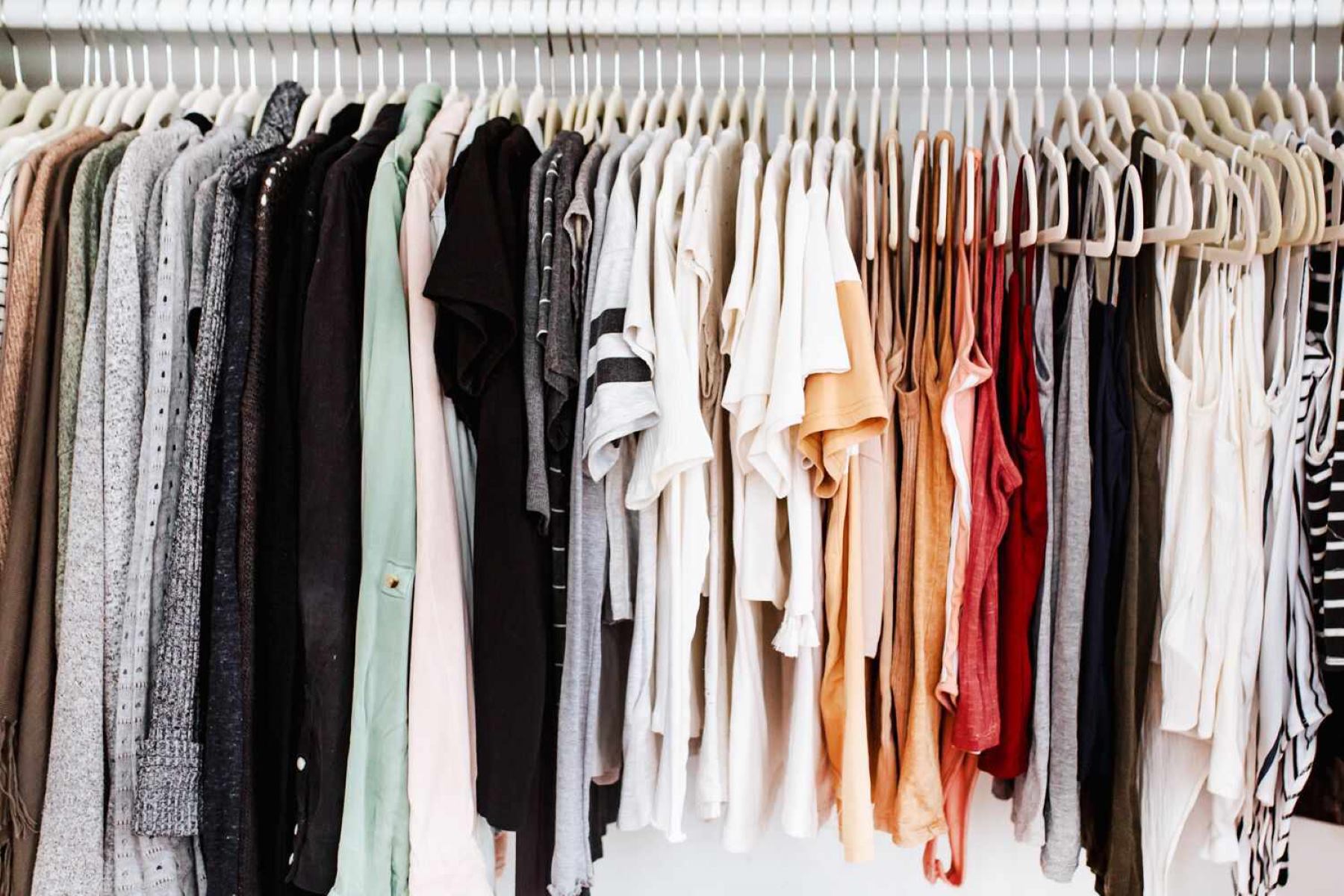
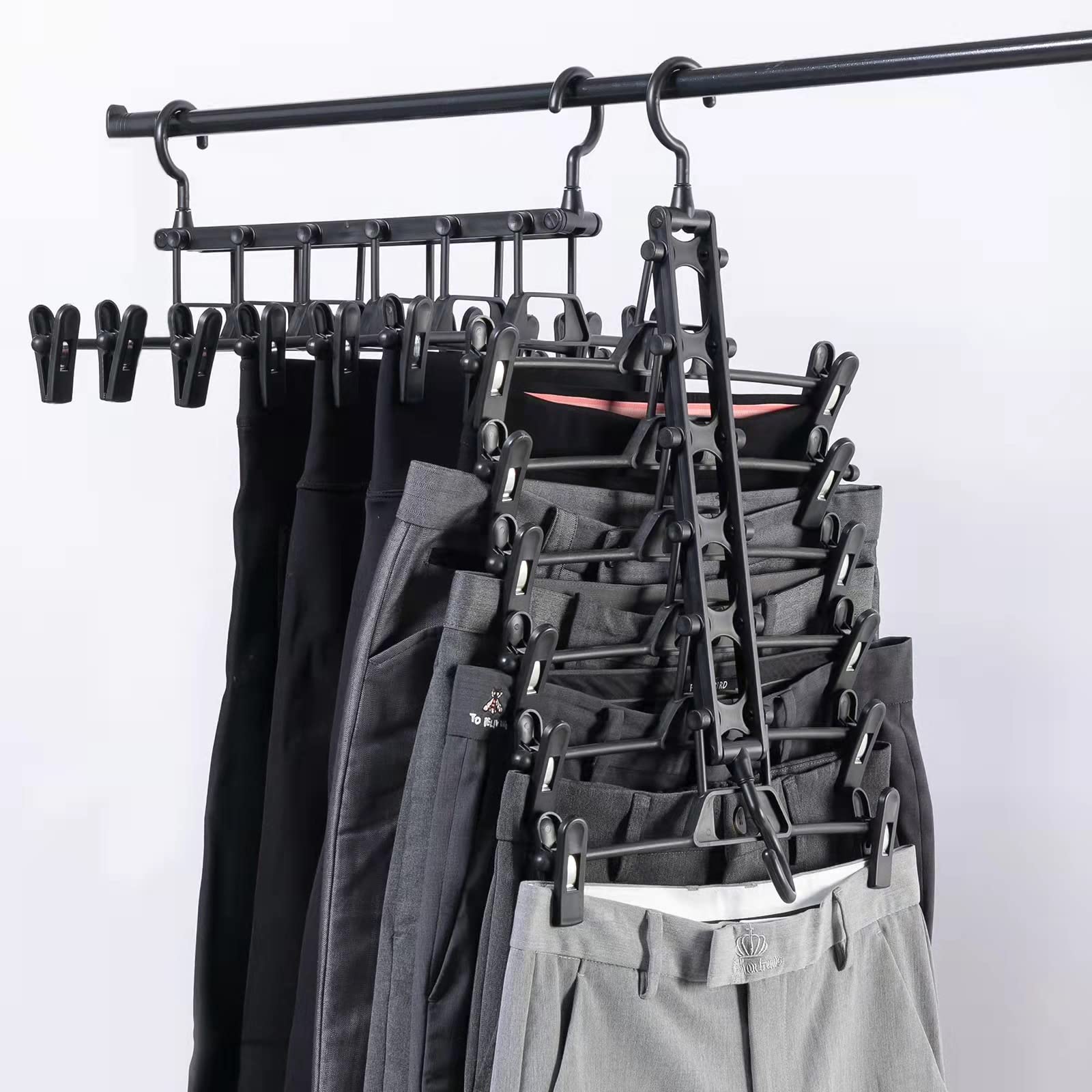
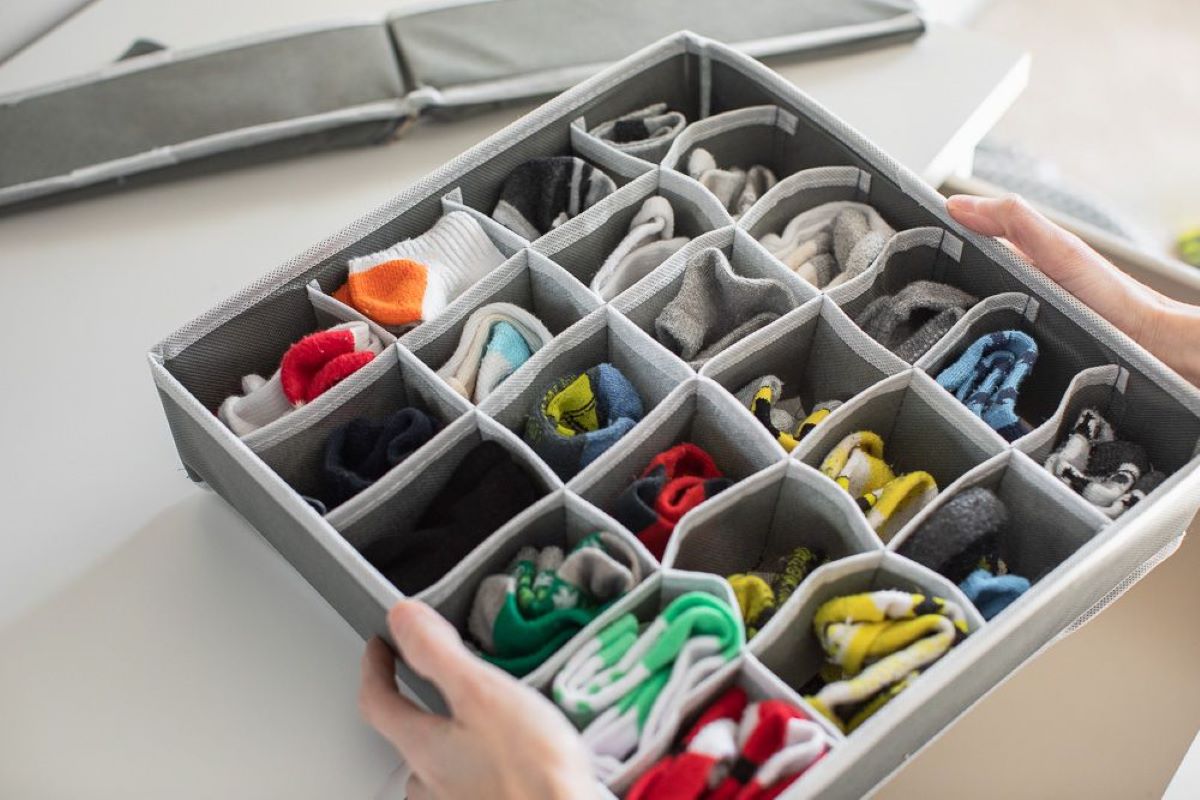

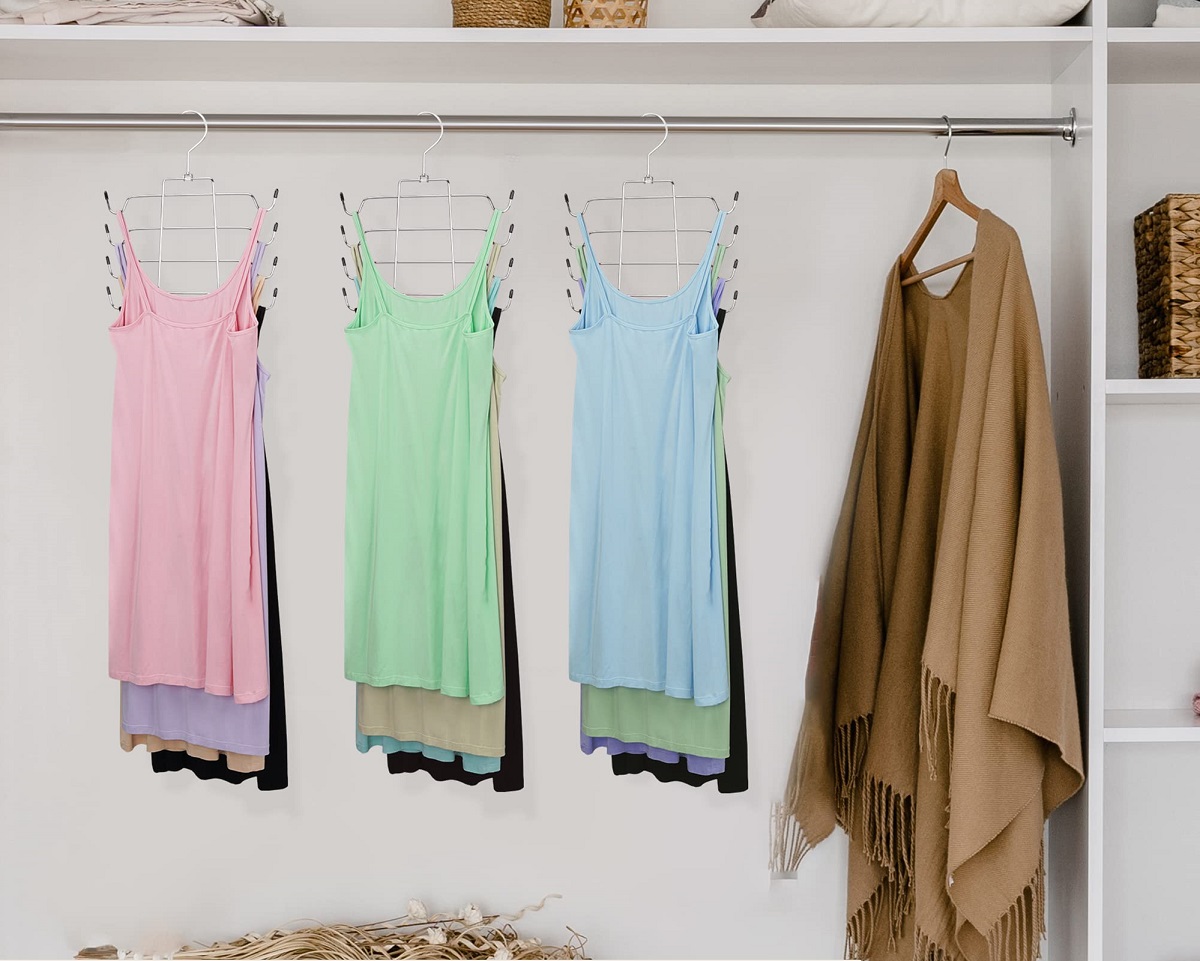
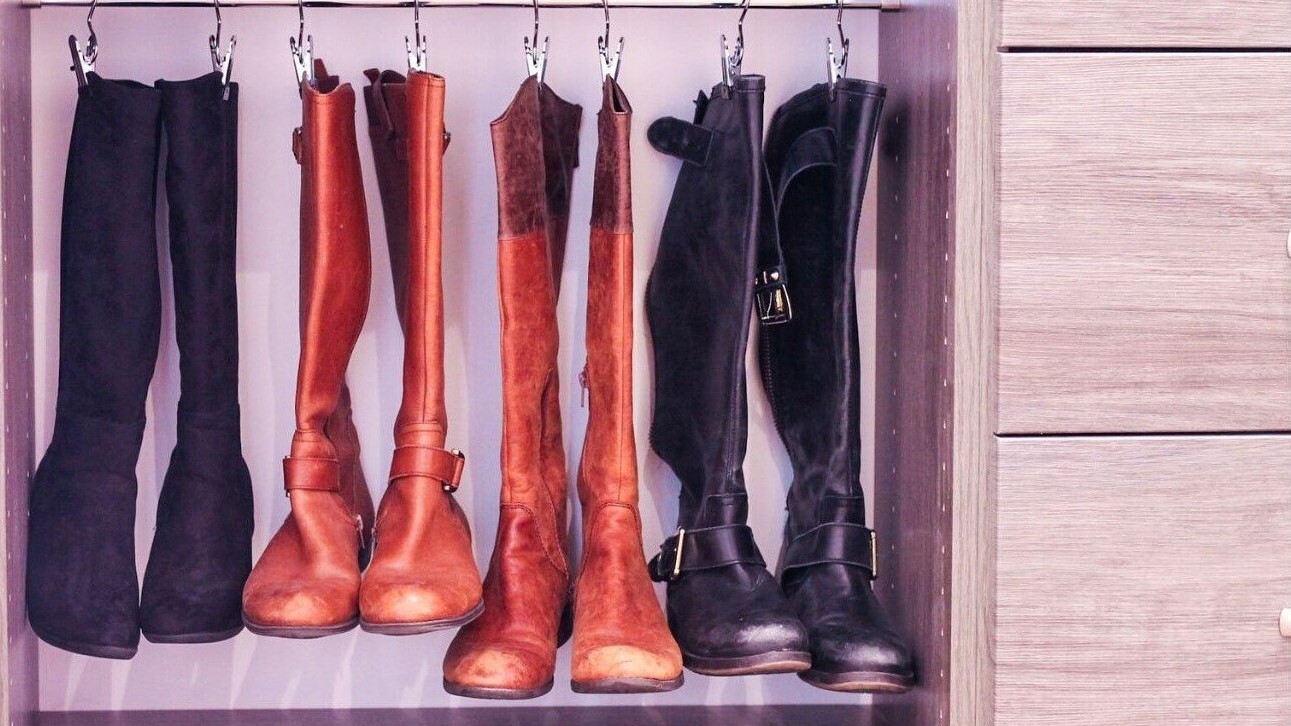
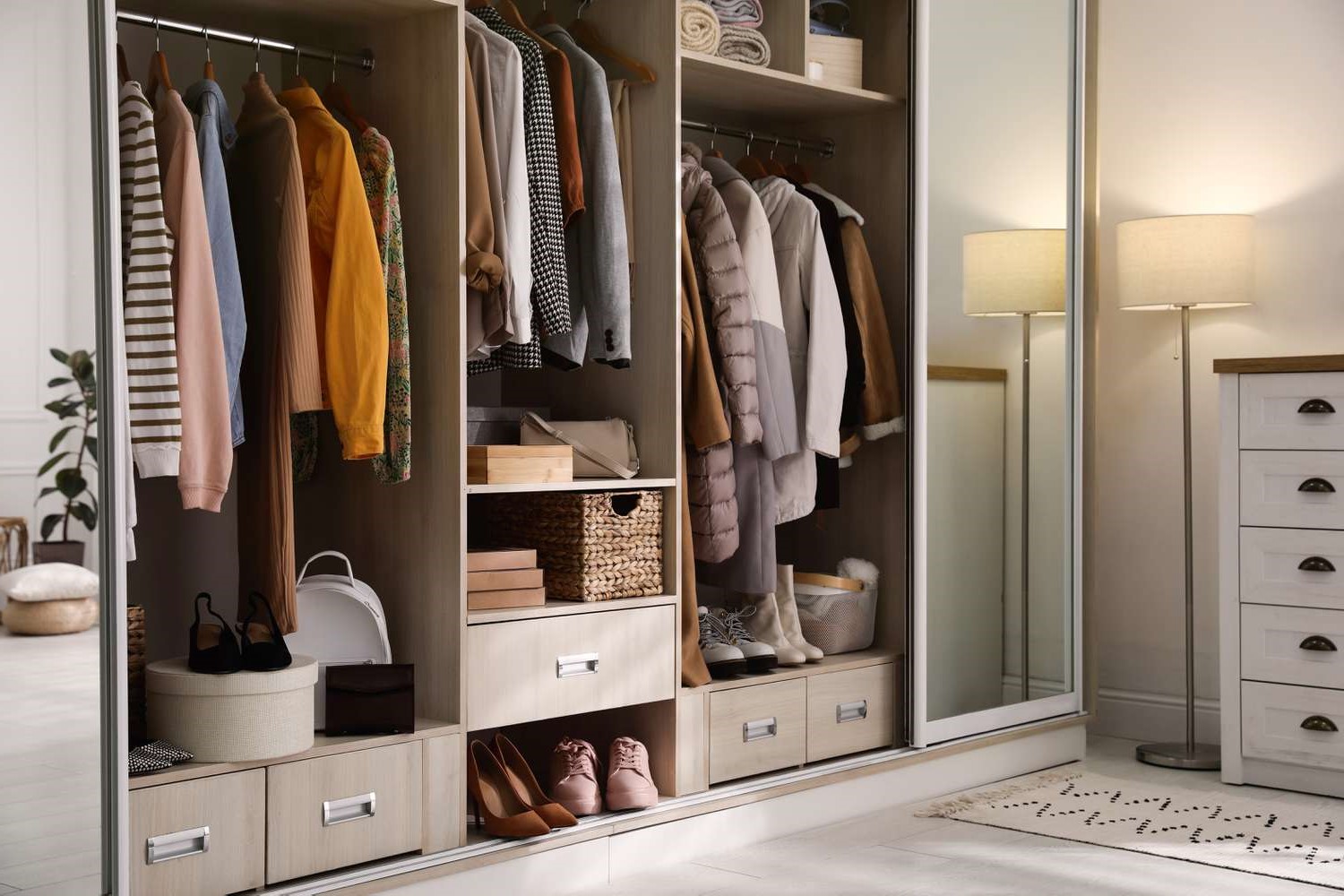
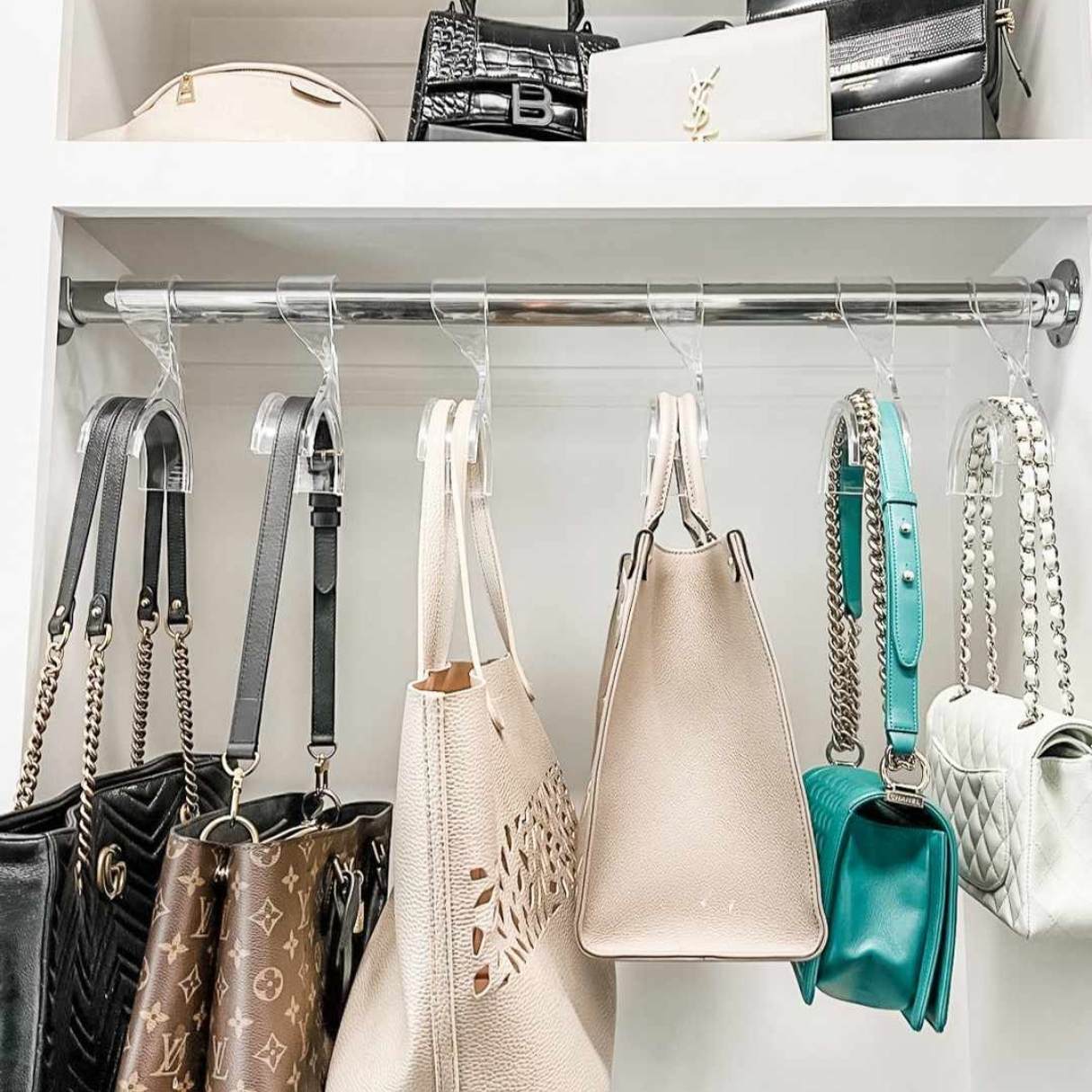
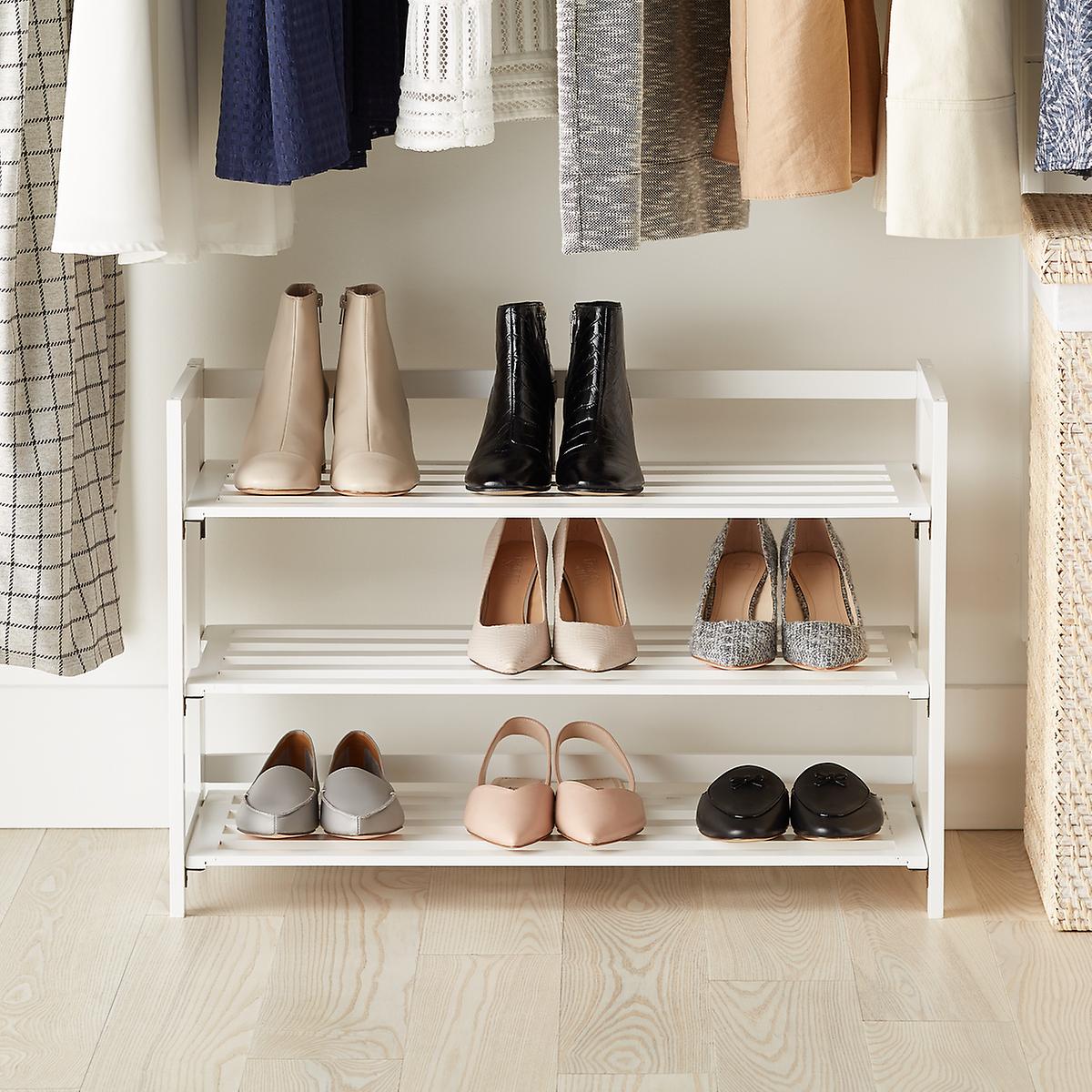
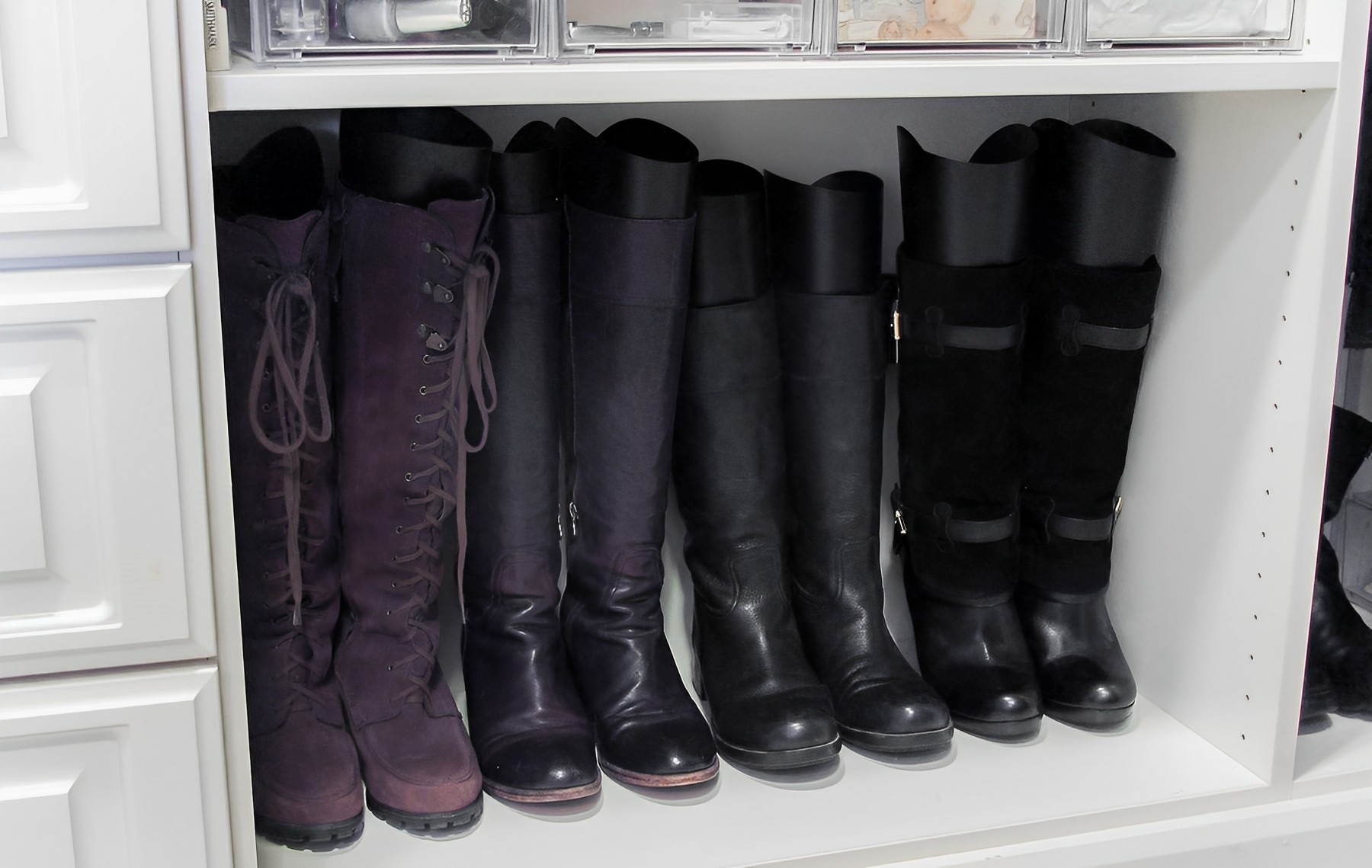
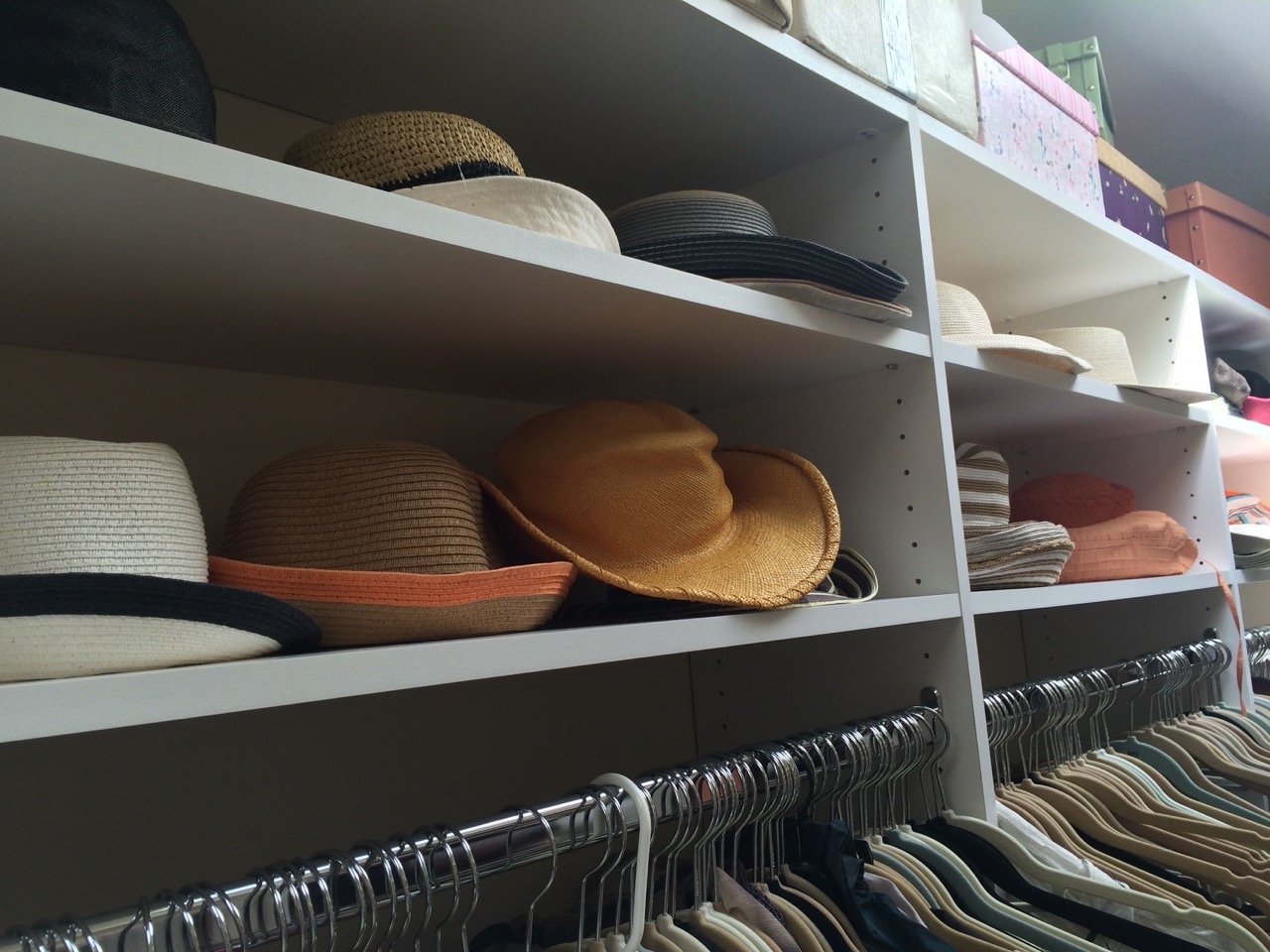
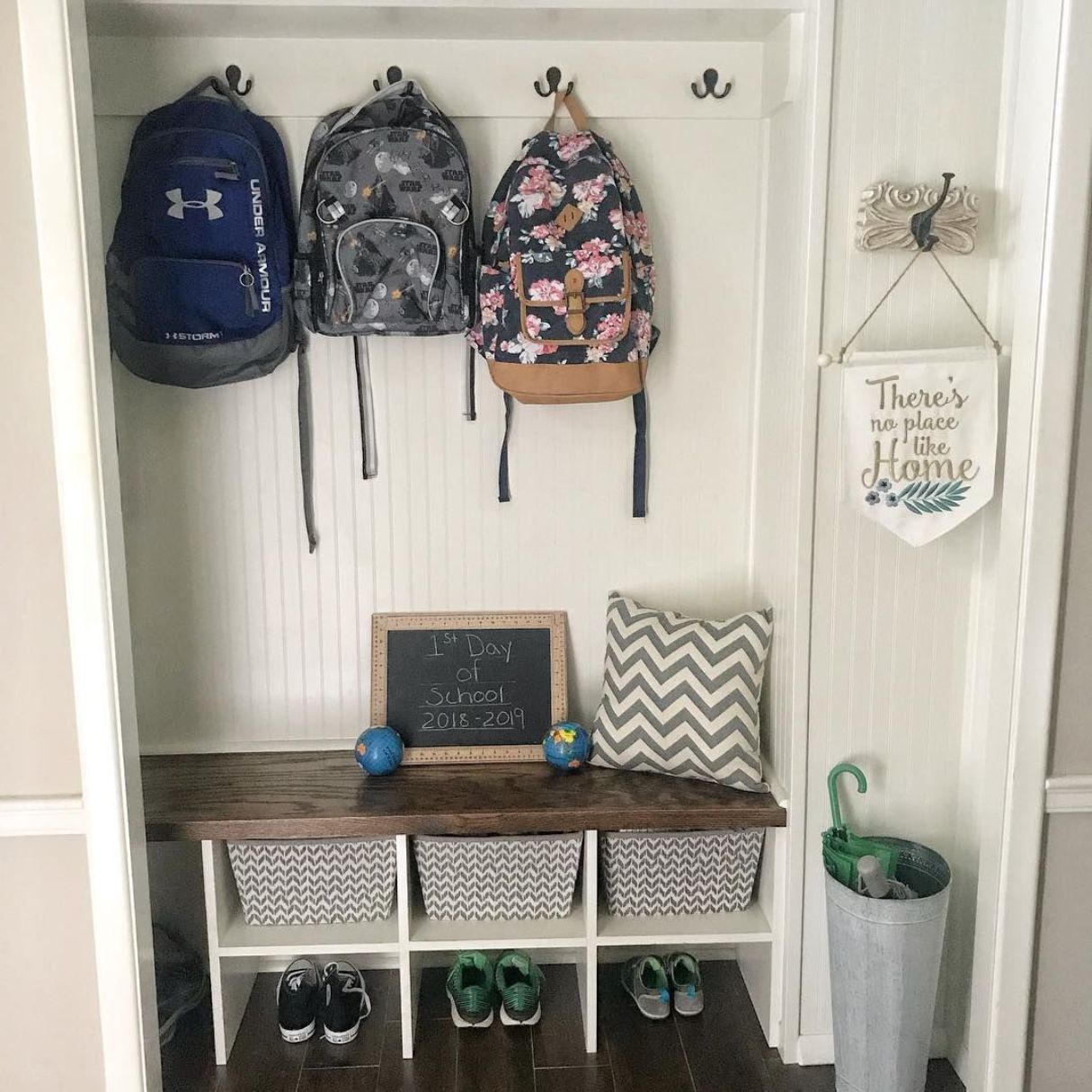


0 thoughts on “How To Store Folded Clothes In Closet”